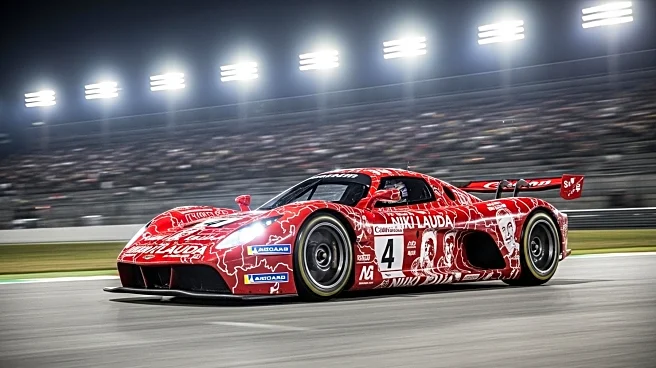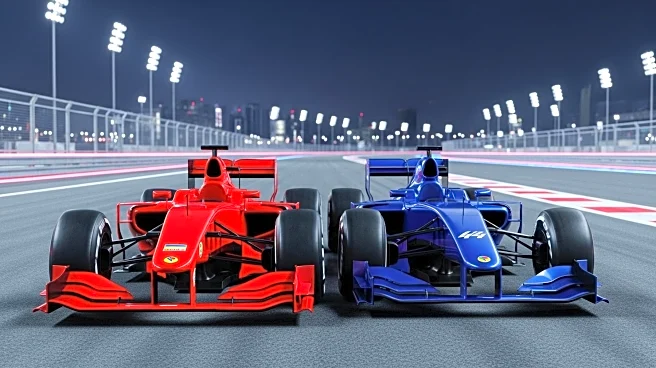What's Happening?
Formula One has seen a surge in popularity in the United States, partly due to the Netflix series 'Drive to Survive' and the sport's expanding global footprint. This increased interest has extended to collectibles, particularly rookie cards of legendary drivers. The article highlights five notable rookie cards: Michael Schumacher's 1992 Grid Formula One card, Lewis Hamilton's 2006 Futera Grand Prix card, Max Verstappen's 2020 Topps Chrome card, Ayrton Senna's 1984 Panini Grand Prix card, and Niki Lauda's 1974 Panini Sport Vedettes card. These cards are sought after by collectors, with prices varying based on condition and rarity.
Why It's Important?
The growing interest in Formula One in the U.S. signifies a shift in sports culture, with the sport gaining traction among American audiences. This trend is reflected in the collectibles market, where rookie cards of famous drivers are becoming valuable assets. The popularity of these cards highlights the intersection of sports and investment, as collectors view them as both memorabilia and financial opportunities. This development could lead to increased engagement with Formula One, influencing sponsorships, media coverage, and merchandise sales in the U.S.
What's Next?
As Formula One continues to expand its presence in the U.S., the demand for related collectibles is likely to grow. This could result in higher prices for rookie cards and increased interest in other memorabilia. The sport's popularity may also lead to more races being held in the U.S., further boosting its profile. Collectors and investors will likely keep a close eye on the market, anticipating future trends and opportunities.
Beyond the Headlines
The rise in interest in Formula One and its collectibles may also impact cultural perceptions of the sport in the U.S., traditionally dominated by sports like football and basketball. This shift could lead to broader acceptance and integration of international sports into American culture, fostering diversity in sports fandom.











